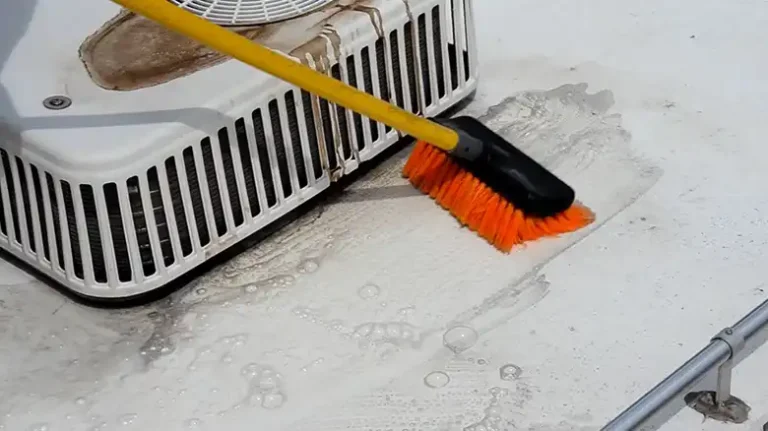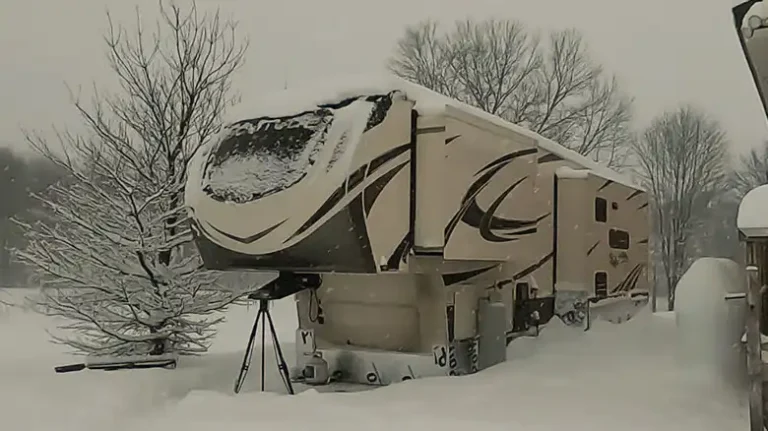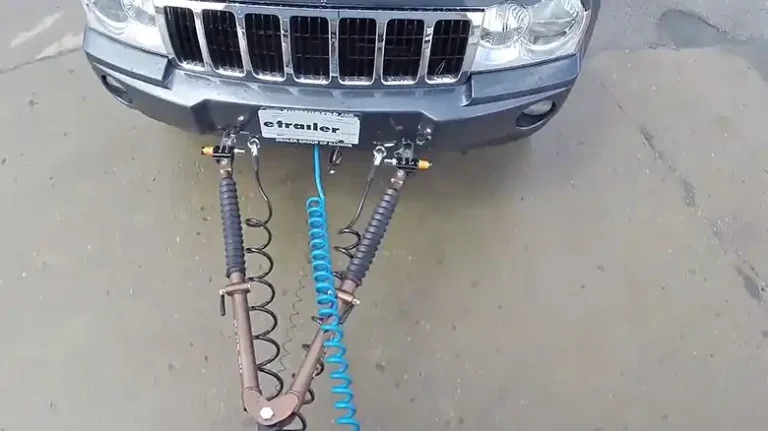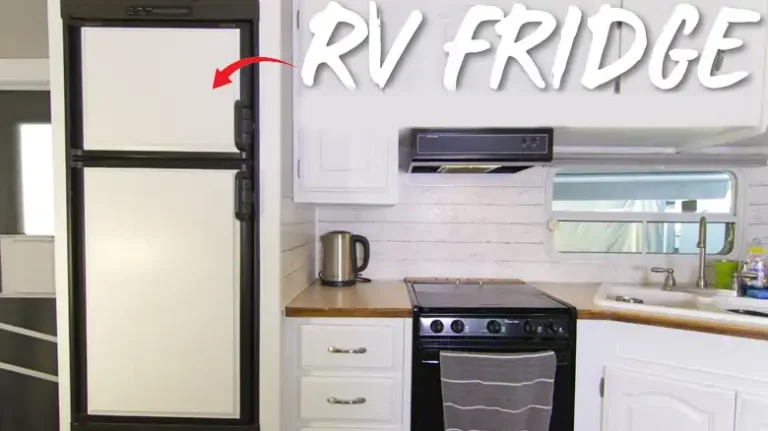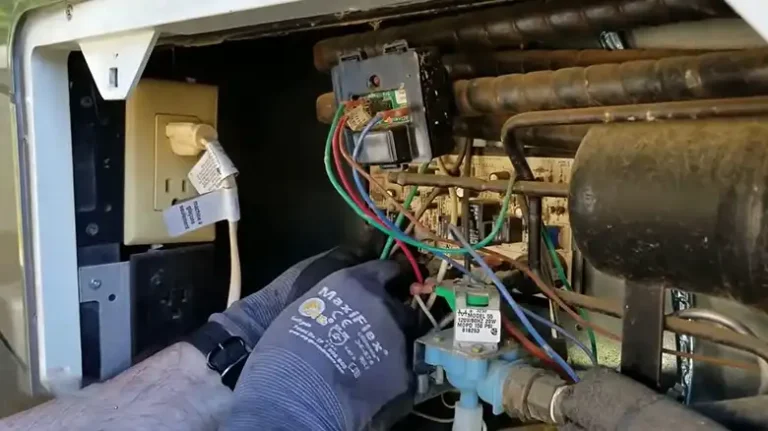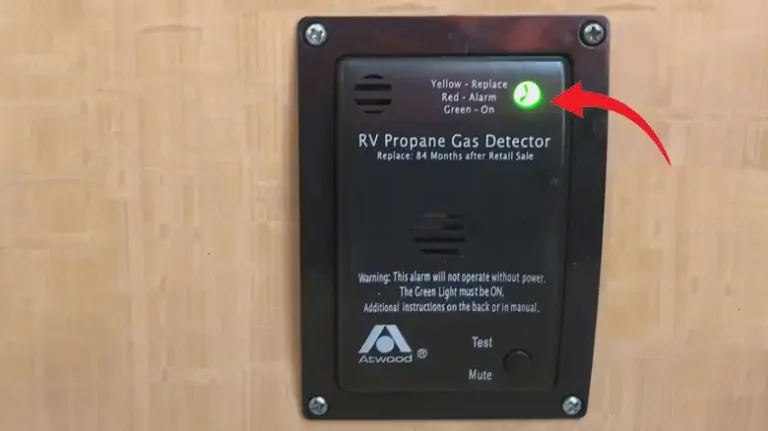Fleetwood RV Water Pump Not Working | What Do I Do
As an RV owner, having constant access to running water while mobile or parked off-grid is a necessity. Your onboard water pump delivers a pressurized supply from the fresh tank to the kitchen, bathroom, and cleaning fixtures. So when pump flow becomes intermittent or stops altogether, it requires prompt diagnosis and repair to restore your RV’s plumbing functions.
This detailed troubleshooting guide covers all likely water pump issues and solutions to get your mobile amenities back on track.
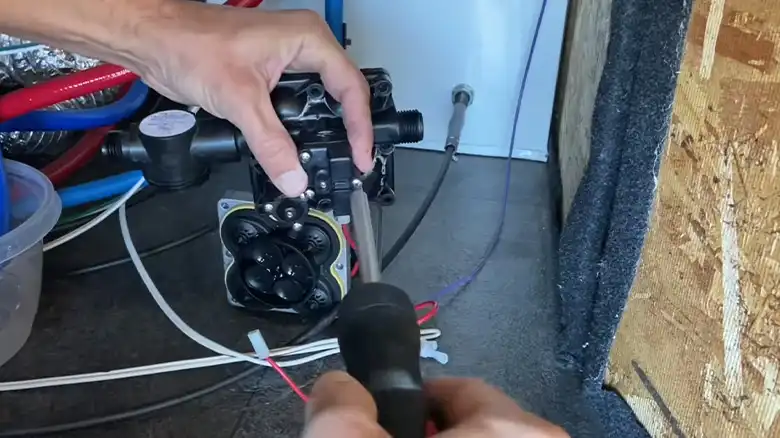
How an RV Water Pump Works
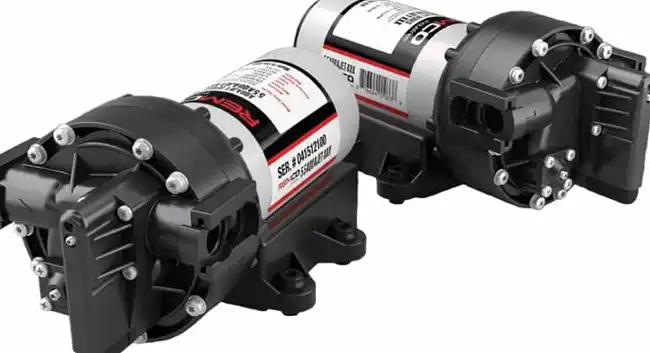
The water pump uses an electric motor to spin an internal impeller that physically pushes water through the system. Some key components include:
- Motor – Creates torque to drive impeller blades
- Impeller – Rotating vanes that push water through lines
- Strainer – Filters out particles before reaching the impeller
- Pressure Switch – Senses outlet pressure to shut off pump at preset PSI
- Check Valve – Prevents water back flowing into the supply line
Understanding pump mechanics aids in troubleshooting efforts. Now let’s explore common causes of RV water flow problems.
No Water Flow When Turned On the Fleetwood RV Water Pump
Lack of any humming or buzzing sound upon pump switch activation signals a power supply issue. Use a multimeter to check voltage at the pump connection point, typically 12+ volts on positive white wire and 0 volts on negative black wire.
No voltage means an electrical issue like a bad fuse, switch, or accidental disconnect. Restore wiring integrity first. Proper voltage but no pump operation indicates water flow blockage:
- Airlock in Plumbing Lines
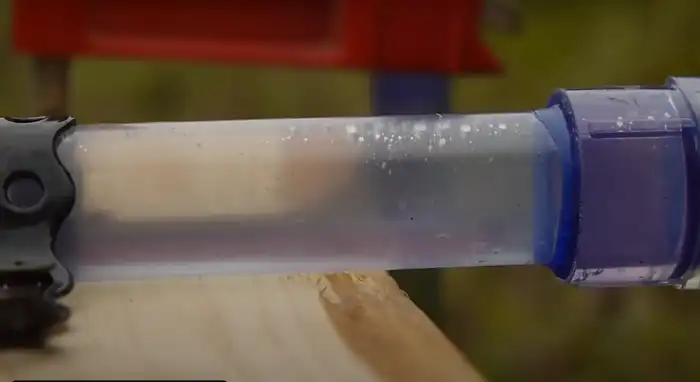
Air trapped in the plumbing lines can prevent water flow even with a working pump. To purge the air, locate all water fixtures – kitchen sink, bathroom sink, shower, toilet, etc. Turn the pump on and open one fixture at a time, allowing water to flow for 30 seconds. Air bubbles may sputter out at first as air is pushed out by water pressure. Close the fixture once the bubbles stop and the solid stream flows. Repeat for all other fixtures until no more air is released from the lines. Airlocks are most common on first pump use or when lines are drained and refilled.
- Clogged Pump Strainer
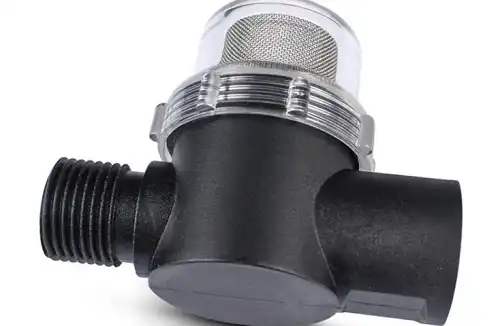
The strainer basket filters incoming water right before the impeller to catch grit and particles. Over time it can get clogged. Remove the strainer housing cover and withdraw the basket screen. Rinse or brush any debris trapped on the screen mesh surface. Make sure all inlet holes on the strainer basket are cleared. Replace the cleaned basket with housing, and replace the cover. Preventative monthly cleanings are recommended.
- Stuck Impeller
The pump impeller rotated by the electric motor is what pushes water through the system. Age and heat wear can lead to seizing. The impeller should spin freely when powered. Listen for grinding or squealing noises signaling drag. Remove the pump cover and try moving the impeller blade vanes by hand. If fully stuck, replace the entire pump. Regular lubrication via pump-saver additives prolongs life.
- Pump Leaking
External water dripping usually means a hairline crack or loose tubing connection. Wipe the pump exterior down and watch for drips indicating cracks. Press firmly on all tubing connections to detect looseness. Seal minor casing cracks with specialized bonding epoxy. Tighten tubing barb fittings or replace leaky gaskets/hoses.
Methodically correct these deficiencies until full water pressure is restored.
Intermittent Water Flow Problems
If RV water flow sputters, then restores sporadically first check for issues with the pressure switch or system leak:
Faulty Pressure Switch – Stuck closed causes rapid pump cycling even with no flow. Replace switch.
Water Line Leak – External drip or internal cracks drop pressure intermittently. Inspect lines thoroughly and repair them.
Add accumulator tank on inlet side as necessary to prevent short cycling.
Leaking Water at the Pump Itself
External water dripping from the pump body or tube fittings often means cracked housing or loose clamp connections. Look closely and tighten fittings as needed. Seal minor cracks or replace leaky pump hardware.
Internal pump leaks typically come from bad check valves allowing backflow. Replace the entire check valve assembly with the matching size if the flapper seal looks cracked or the small internal ball doesn’t move smoothly.
Loud and Noisy Operation
Pump vibration noise is unavoidable but can be minimized. Make sure the pump is mounted on rubber isolators, not rigidly affixed. Flexible tubing connections also help decouple vibrations. Most importantly, wrap all adjacent plumbing lines with sufficient insulation to prevent rattling against RV framing.
When Professional Help Needed
If you’ve progressed through all standard troubleshooting tips without resolving water flow problems, it’s best to call a mobile RV technician. Especially if electrical checks show power getting to the pump motor but the impeller fails to turn. Let a specialist handle internal pump component repairs. Catch leaks early to prevent expensive flood damage!
Preventative Maintenance
Follow manufacturer-recommended maintenance like periodically inspecting and cleaning inlet filter screens and pump reservoir. Also, flush all fixtures and sanitize tanks before using RV stored through winter months. Take time when de-winterizing to check for cracked plumbing lines, secure fittings, and replace worn gaskets as necessary.
FAQs with Answers
- What causes low water pressure at fixtures?
Besides pump issues already covered, low pressure can stem from undersized piping, closed valves, flexible hose kinking, and mineral deposit buildup constricting flow.
- Why does water sputter from faucets?
Sputtering flow typically signals air trapped somewhere in the system. Check the piping layout for high spots where bubbles collect. Bleed taps one by one.
- What is the fastest way to troubleshoot?
Start by disconnecting and checking components sequentially from the water source backward. Restore inlet lines first before tackling pump faults. This isolates causation quickly.
End Notes
I hope these comprehensive troubleshooting instructions help quickly resolve your RV water pump issues and restore full function to enjoy uninterrupted access to water while mobile on your adventures! Please reach out with any other questions.

